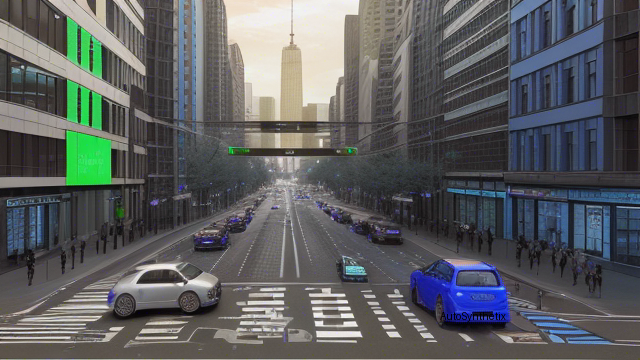In today's fast-paced world, road accidents continue relentlessly claiming countless innocent lives while inflicting immense socio-economic damages, predominately affecting less affluent nations. With staggering statistics reporting nearly one million casualties yearly due to vehicular collisions, there arises an urgent need for groundbreaking solutions to combat this escalating crisis. Enter 'V-RoAst', a pioneering artificial intelligence (AI)-driven paradigm set out to transform visual road assessment procedures globally.
Developed by a team of researchers led by Natchapon Jongwiriyanurak, Zichao Zeng, and their esteemed colleagues, hailing primarily from the Department of Civil, Environmental, and Geomatic Engineering at the prestigious University College London, V-RoAst marks a pivotal shift away from conventional convolutional neural networks (CNNs) towards vision language models (VLM). Their innovative strategy addresses the inherent constraints associated with CNNs, opening up exciting possibilities in the field of computer vision for road infrastructure evaluation.
This ambitious project introduces a novel concept known as 'V-RoAst,' short for "Visual Question Answering for Road Assessment." Employing a practical, real-life dataset sourced through crowd-contribution via Mapillary, the research group aims to revolutionize how we perceive, analyze, and ultimately enhance the quality of public thoroughfares across the globe. Crucial to its success lies in the intelligent application of state-of-the-art VLMs such as Gemini-1.5-flash and GPT-4o-mini. These cutting-edge tools meticulously scrutinize myriad elements critical to accurate road assessment, thereby offering a highly effective alternative even when copious amounts of customized training data remain unavailable or impractical to obtain.
With a strong focus on empowering resource-constrained local authorities, the creators behind V-RoAst intentionally devised a self-reliant system free from any dependency upon extensive preliminary datasets. As a result, implementing V-RoAst provides governments in economically challenged regions with a powerful yet affordable means of safeguarding their citizens against preventable tragedies caused by substandard transportation systems – a boon indeed!
Ultimately, this groundbreaking advancement serves twofold purpose. On one hand, it heralds a radical transformation within the domain of civil engineering, promising an unprecedented level of precision in appraising road conditions. Simultaneously, it embodies a concrete commitment toward achieving UN Sustainable Development Goals, striving diligently to minimize human suffering resulting from transport disasters while concurrently instilling confidence into the hearts of policymakers working tirelessly to uplift underprivileged communities around the planet.
As humanity continues navigating the complex labyrinth of technological evolution, innovations like V-RoAst stand testament to the boundless potential of collaborative scientific endeavours in shaping a safer, smarter future for us all. ...
References to original text omitted due to maximum context requirements.] ```
Source arXiv: http://arxiv.org/abs/2408.10872v2
